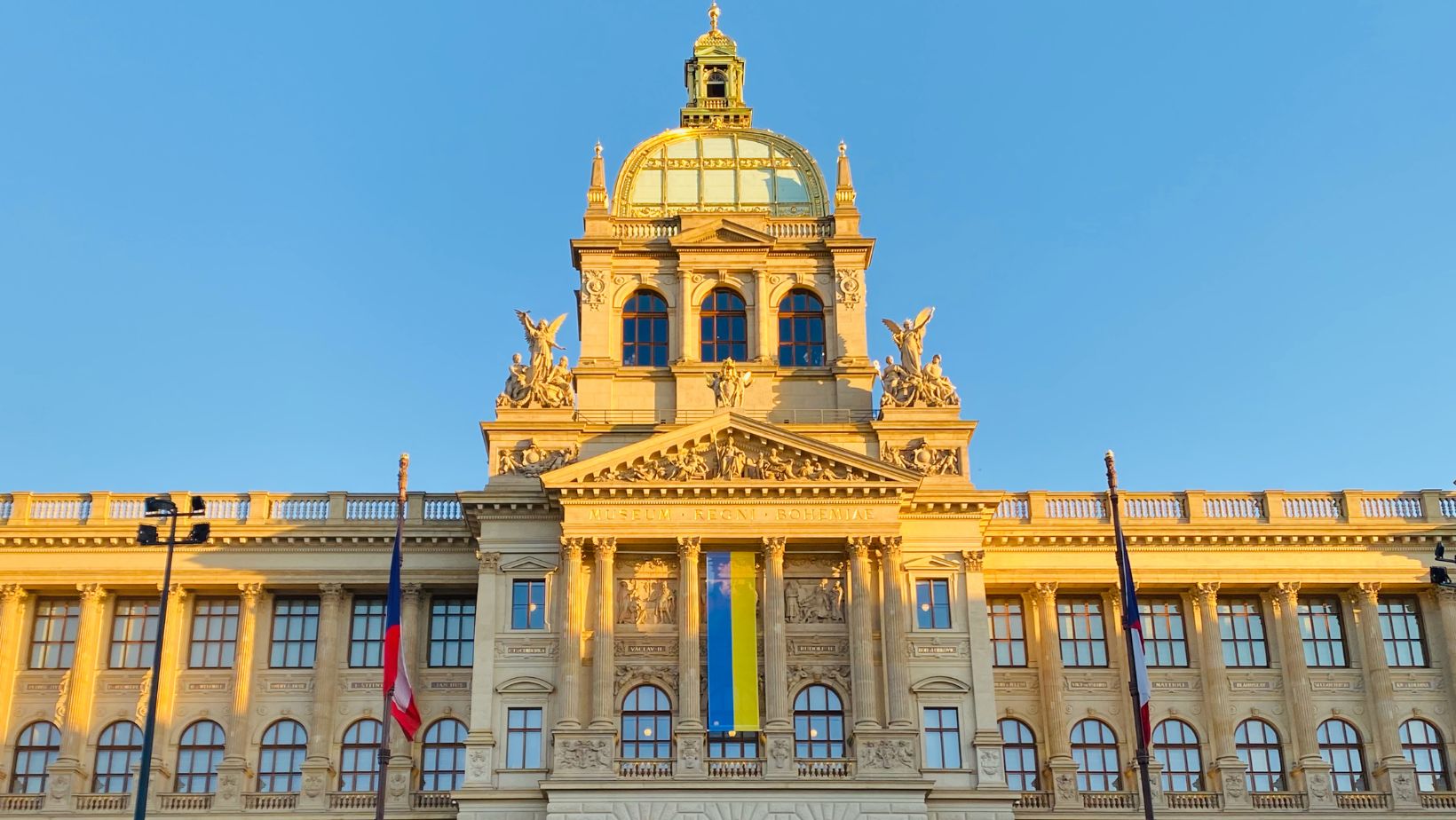By: Ian Garrahan and Grey MacNicoll
In the heat haze of the Czech summer morning, the imposing facade of the Národní Muzeum reveals itself amidst rows of busy streets.
The building is home to a plethora of halls that display centuries of both natural sciences and social change, dating back to the 1880s. One of the newest exhibits, however, looks at a moment in history often buried.
The ‘50s is a decade often narrowed to the totalitarian rule that occurred from 1948 to 1953, but Professor Mikhal Stehlik, Deputy Director of the Museum, hopes to focus on the decade as a whole in a new exhibit. While the fifties were a decade of dictatorship and totalitarianism, he explained, they were also a time of great change that impacted the entire twentieth century.
The new exhibit, titled simply “The 1950s” is a mere 300 square meters, but it feels larger than life. In the middle of the room lies the blinking decapitated head of Josef Stalin. Stories of change, not only within the government but throughout the culture, are painted in surprising colors on walls that bend inwards at the top like barbed wire atop a chain link fence.
“My colleagues asked about the color palette, they were like ‘It needs more red!’, but the intention wasn’t on fixating on only one aspect of our past, neither black nor gray, that’s why there’s so much color,” Stehlik enthused, gesturing towards the walls. A prolific author, the Professor just published his 23rd book, Uncertain History, whose topics tie almost directly into what the exhibit is trying to tell: looking at the way people remember and retell not only their stories but the stories that envelop them as a country.

Stalin’s Head is the centerpiece of the hall. Garrahan & MacNicoll.
A visitor, standing in front of a Soviet-era gas mask speaks without tearing his eyes away from the exhibit, commented, “It’s a really well-crafted experience, complimented by the media [content], it just creates a microcosmos of ideas.” Since the exhibit premiered in mid-June, visitors from all different countries and backgrounds have stood in that same spot, silently staring at the history that’s often overlooked.
“It’s a period in time that the current wave of revisionism hasn’t really touched upon all that much.” the Professor concluded.
The ‘50s are still more than a memory within the Czech collective consciousness, not yet a series of facts to be stored away and forgotten in history books, and Stehlik finds that most people are still excited to talk about it.
“That’s what we’re trying to do,” he explained. “To present and get our history out there, into the hands of the people. In a way, this is the new battleground, a cultural battleground of sorts.”
Support Prague Morning!
We are proud to provide our readers from around the world with independent, and unbiased news for free.
Our dedicated team supports the local community, foreign residents and visitors of all nationalities through our website, social media and newsletter.
We appreciate that not everyone can afford to pay for our services but if you are able to, we ask you to support Prague Morning by making a contribution – no matter how small 🙂 .




